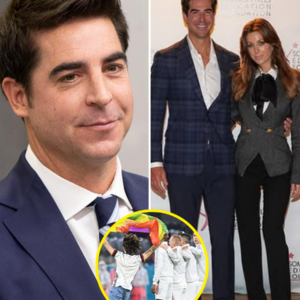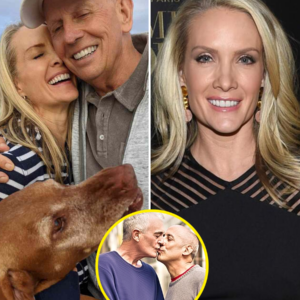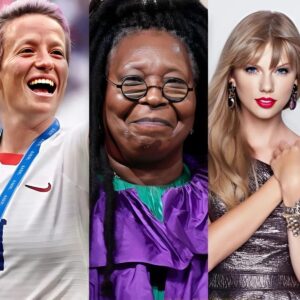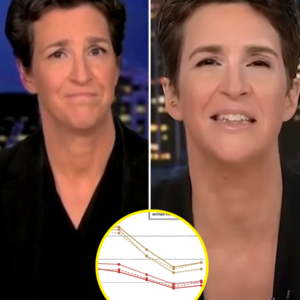At 98 years old, Dick Van Dyke, one of Hollywood’s most beloved icons, has revealed the truth about the drama behind the set of Mary Poppins, a film that has remained a timeless classic for nearly 60 years. His confession sheds light on the struggles and behind-the-scenes tensions that many may not have known about, offering a rare glimpse into the complexities of creating one of the most cherished films in Disney’s history.
For those who have admired Van Dyke for his endearing portrayal of Bert in Mary Poppins, it might come as a surprise to learn that the making of the film was far from smooth sailing. One of the most significant challenges arose from the contrasting artistic visions between Mary Poppins creator P.L. Travers and the Disney team. Travers, famously difficult and resistant to change, had serious reservations about Disney’s interpretation of her work. She disapproved of the whimsical tone that Disney infused into the character of Mary Poppins, especially the much-loved scene where Mary and Bert dance with animated penguins.

Yet, despite the tension between Travers and Disney, the cast and crew pushed through, including Van Dyke, who was tasked with not only portraying Bert but also delivering a Cockney accent that would go down in film history—though not in the way Van Dyke had hoped. He admitted that his accent was widely criticized, often cited as one of the worst accents in film. However, Van Dyke took the criticism in stride, viewing it as a part of his career that he could laugh about. Instead of being disheartened, he maintained a positive attitude, making light of the situation in interviews years later, demonstrating his resilience in the face of adversity.
However, Van Dyke’s struggles on set went beyond the accent. He was also battling a personal demon: alcoholism. At the time, alcohol served as a coping mechanism for his shyness and the immense pressures of his career. He confessed that while it helped him in social situations, it also led to dark moments of depression and inner turmoil. Despite his personal challenges, Van Dyke never allowed them to interfere with his professional commitments. On the set of Mary Poppins, he maintained an infectious energy, which helped elevate the film’s iconic charm.
The partnership between Van Dyke and Julie Andrews, who played Mary Poppins, became one of the film’s highlights. Their contrasting musical styles—Andrews’ operatic, classically trained voice versus Van Dyke’s more free-spirited approach—could have created tension. Instead, the two actors found common ground, with Andrews offering her support and encouragement, which helped Van Dyke navigate the pressures of the musical scenes. This collaboration became the heart of Mary Poppins, and their chemistry on-screen remains one of the film’s most memorable aspects.
Behind the scenes, Mary Poppins was marked by its fair share of disputes and challenges, but the passion and dedication of the cast and crew turned the production into a masterpiece that would last generations. Van Dyke’s candid admission of his struggles and the challenges faced by the film’s team highlight the dedication required to create such an enduring piece of cinema.
Van Dyke’s journey from a struggling young actor to becoming a Hollywood legend is a testament to his resilience, talent, and enduring optimism. His openness about his battles with alcoholism, the criticism he faced for his accent, and his relationship with Julie Andrews speaks to the heart of who he is: a man who faced challenges head-on and kept pushing forward.
Now, nearly 60 years after Mary Poppins premiered, Dick Van Dyke’s reflection on the film’s journey offers a glimpse into the complexity of Hollywood’s golden era. Despite the hardships, Mary Poppins remains a beloved classic, and Van Dyke’s legacy as an actor, singer, and dancer endures. At 98, Van Dyke continues to inspire, showing that with determination, humor, and resilience, it’s possible to overcome any challenge.





